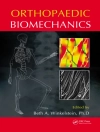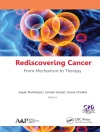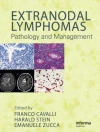In this monograph the contribution of imaging modalities to the various stages of drug discovery and development, from early target validation to their use in clinical development programs, is described. Chapters are devoted to the description of the drug discovery process as such, to the various imaging modalities being used both preclinically and clinically, to applications of imaging during the optimization of a lead compound (addressing issues such as bioavailability and efficacy) and during the drug safety evaluation. A chapter describes imaging biomarkers, their development, advantages and the potential pitfalls associated with their use. In the translation of imaging tools from animals to man regulatory issues have to be addressed, which are dealt with in a separate section.
The monograph provides a comprehensive overview on the role of imaging in drug discovery today and discusses major developments and trends both with regard to technologies and applications.
Table of Content
The drug discovery process.- Imaging modalities: principles and information content.- Magnetic resonance and fluorescence based molecular imaging technologies.- Studying molecular and cellular processes in the intact organism.- Disease phenotyping: structural and functional readouts.- Evaluation of drug candidates: Efficacy readouts during lead optimization.- Risk identification and management: MRI as a research tool in toxicology studies of new chemical entities.- Pharmacokinetic studies with PET.- Imaging bio-markers predictive of disease/therapy outcome: ischemic stroke and drug development.- Clinical drug evaluation using imaging readouts: regulatory perspectives.












